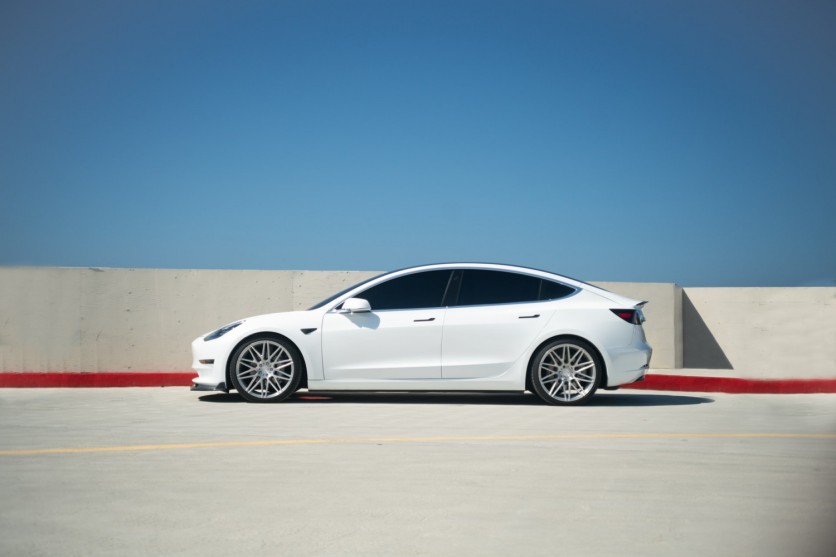Tesla's key and flagship efficiency feature for electric vehicles known as "Regenerative Breaking" disappears from the settings of its new EV releases with no apparent reason why it did so. The flagship feature allows the vehicle to prolong its battery range and extend its brake life, becoming a powerful tool that sets it apart from internal combustion engines.
Hello, have you seen this before? I don’t see “Regenerative Braking” in my touch control. I have the latest software update 2020.40.8 Any ideas?? Help please.. pic.twitter.com/khDiTBxYbS — b0u71n (@b0u71n) October 22, 2020
One of the world's most favorite electric vehicle manufacturers and clean energy companies now face questioning the removal of the critical feature, "Regenerative Braking" option, on new car settings. This move is unusual from the car manufacturer because of its designation to add more technology to its car features instead of removing it.
Tesla Regenerative Braking Option Disappears
According to Electrek, Tesla's new vehicles face the braking option's odd disappearance that helps the range and battery of the car whenever it is used. The reason behind removing the key feature is still unknown, and Tesla EV owners, particularly its latest releases, question the company's actions.
The mysterious removal from the clean energy company is odd for most people as it boasts of feature-packed electric vehicles from its line-up. Tesla drivers are now questioning the option to change from "STANDARD" to "LOW" and vice versa. The control of the strength of braking can make or break a driving experience.
Tesla drivers who saw the disappearance and felt the change on their respective drives share their grievances on Twitter. Some drivers even tag Tesla CEO Elon Musk to know the reason behind the change and receive an explanation to answer the ensuing question that confuses new car owners.
Tesla is removing the low regenerative braking option. Now only standard. Really is almost turning into a one pedal car. @elonmusk — F9 Block 5 LRRWD (@s3xy_model) October 27, 2020
Regenerative Braking: What Makes it so Efficient?

According to Science Direct, the Regenerative Braking feature is unique to electric vehicles. One of the top reasons that set it apart from the internal combustion engine (ICE) vehicle. This feature takes in kinetic energy and converts it to electric power resulting from the braking force used to stop a car.
Other ways can also be utilized to power regenerative braking, including the famous downhill driving that usually does not need or require a person to press the accelerator to move; however, it heavily relies on braking to control the descent. Kinetic energy is a huge source of electricity, with charging and powering objects that rely on energy.
Tesla's Regenerative Braking has two options, namely the "Standard" and "Low," giving the drivers an option to control the strength it has during use. Setting it on standard gives it the manual transmission "feels," which drastically slows down whenever the foot is lifted off the accelerator.

Regenerative Braking's low option, on the other hand, gives the driver the regular automatic transmission "feels," which still have some push despite depressing the accelerator. This option leads to a driver relying more on one's brake to slow down, especially in tricky situations.
New Tesla electric vehicles now only have the Standard option for regenerative braking set. There are no options to reduce its strength, so drivers need to adapt to the car's "feel," notably braking. Regenerative braking's standard default may lead to "one pedal driving" that only relies on the accelerator.
Related Article : Threatened? Elon Musk Says Tesla Cybertruck Will Get 'Lots of Improvements' As Hummer EV Attracts Great Reviews
This article is owned by Tech Times
Written by Isaiah Alonzo
ⓒ 2025 TECHTIMES.com All rights reserved. Do not reproduce without permission.

![Best iPads that Students Can Use in School [2025]](https://d.techtimes.com/en/full/461431/best-ipads-that-students-can-use-school-2025.jpg?w=184&h=103&f=516289300e12e9647ef3d5bd69f49b70)


